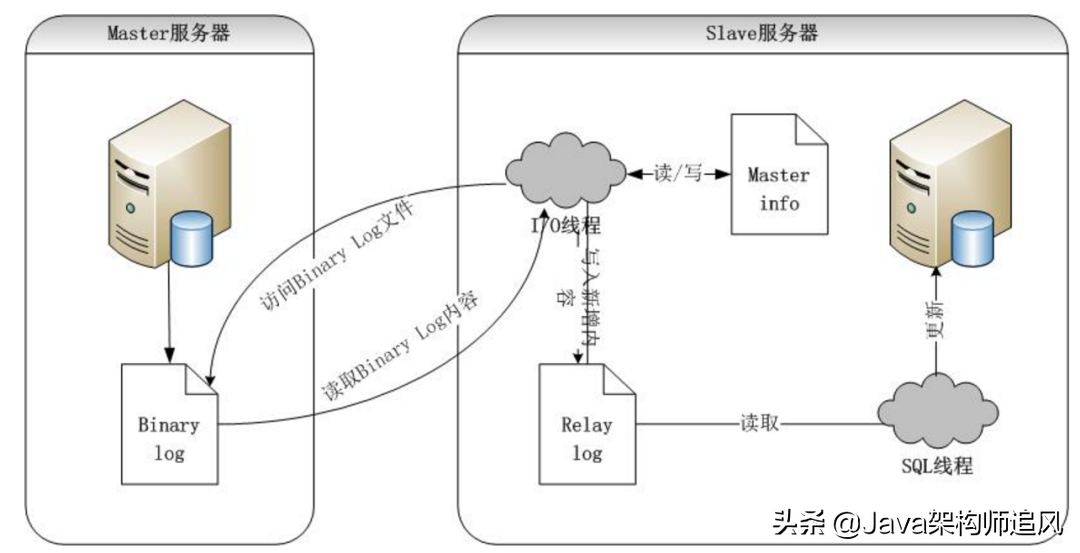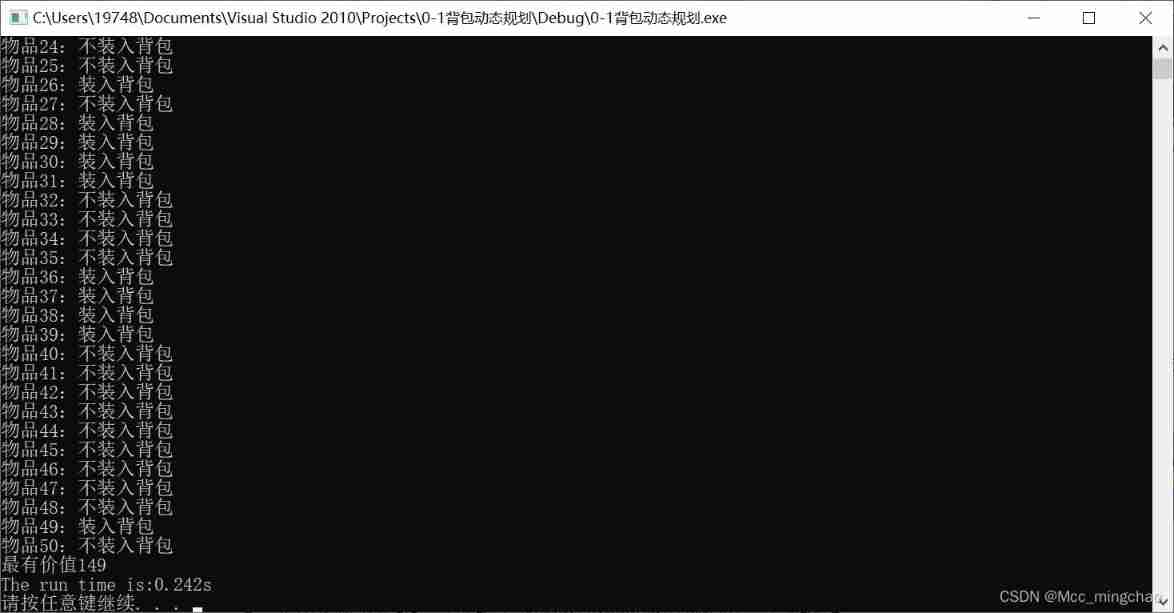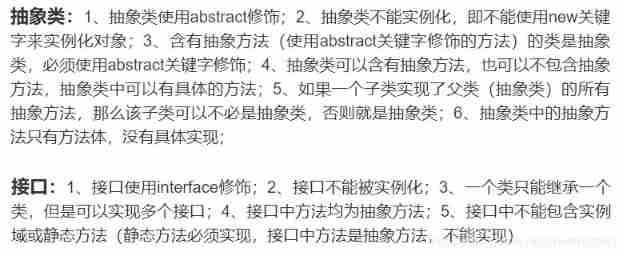当前位置:网站首页>Convolution emotion analysis task4
Convolution emotion analysis task4
2022-07-03 13:14:00 【Levi Bebe】
# 1. Data preprocessing
import torch
from torchtext.legacy import data
from torchtext.legacy import datasets
import random
import numpy as np
SEED = 1234
random.seed(SEED)
np.random.seed(SEED)
torch.manual_seed(SEED)
torch.backends.cudnn.deterministic = True
TEXT = data.Field(tokenize = 'spacy',
tokenizer_language = 'en_core_web_sm',
batch_first = True)
LABEL = data.LabelField(dtype = torch.float)
train_data, test_data = datasets.IMDB.splits(TEXT, LABEL)
train_data, valid_data = train_data.split(random_state = random.seed(SEED))
# structure vocab, Load pre training words embedded
MAX_VOCAB_SIZE = 25_000
TEXT.build_vocab(train_data,
max_size = MAX_VOCAB_SIZE,
vectors = "glove.6B.100d",
unk_init = torch.Tensor.normal_)
LABEL.build_vocab(train_data)
# Create iterator
BATCH_SIZE = 64
device = torch.device('cuda' if torch.cuda.is_available() else 'cpu')
train_iterator, valid_iterator, test_iterator = data.BucketIterator.splits(
(train_data, valid_data, test_data),
batch_size = BATCH_SIZE,
device = device)
# 2. Build the model
import torch.nn as nn
import torch.nn.functional as F
class CNN(nn.Module):
def __init__(self, vocab_size, embedding_dim, n_filters, filter_sizes, output_dim,
dropout, pad_idx):
super().__init__()
self.embedding = nn.Embedding(vocab_size, embedding_dim, padding_idx = pad_idx)
self.conv_0 = nn.Conv2d(in_channels = 1,
out_channels = n_filters,
kernel_size = (filter_sizes[0], embedding_dim))
self.conv_1 = nn.Conv2d(in_channels = 1,
out_channels = n_filters,
kernel_size = (filter_sizes[1], embedding_dim))
self.conv_2 = nn.Conv2d(in_channels = 1,
out_channels = n_filters,
kernel_size = (filter_sizes[2], embedding_dim))
self.fc = nn.Linear(len(filter_sizes) * n_filters, output_dim)
self.dropout = nn.Dropout(dropout)
def forward(self, text):
#text = [batch size, sent len]
embedded = self.embedding(text)
#embedded = [batch size, sent len, emb dim]
embedded = embedded.unsqueeze(1)
#embedded = [batch size, 1, sent len, emb dim]
conved_0 = F.relu(self.conv_0(embedded).squeeze(3))
conved_1 = F.relu(self.conv_1(embedded).squeeze(3))
conved_2 = F.relu(self.conv_2(embedded).squeeze(3))
#conved_n = [batch size, n_filters, sent len - filter_sizes[n] + 1]
pooled_0 = F.max_pool1d(conved_0, conved_0.shape[2]).squeeze(2)
pooled_1 = F.max_pool1d(conved_1, conved_1.shape[2]).squeeze(2)
pooled_2 = F.max_pool1d(conved_2, conved_2.shape[2]).squeeze(2)
#pooled_n = [batch size, n_filters]
cat = self.dropout(torch.cat((pooled_0, pooled_1, pooled_2), dim = 1))
#cat = [batch size, n_filters * len(filter_sizes)]
return self.fc(cat)
class CNN(nn.Module):
def __init__(self, vocab_size, embedding_dim, n_filters, filter_sizes, output_dim,
dropout, pad_idx):
super().__init__()
self.embedding = nn.Embedding(vocab_size, embedding_dim, padding_idx = pad_idx)
self.convs = nn.ModuleList([
nn.Conv2d(in_channels = 1,
out_channels = n_filters,
kernel_size = (fs, embedding_dim))
for fs in filter_sizes
])
self.fc = nn.Linear(len(filter_sizes) * n_filters, output_dim)
self.dropout = nn.Dropout(dropout)
def forward(self, text):
#text = [batch size, sent len]
embedded = self.embedding(text)
#embedded = [batch size, sent len, emb dim]
embedded = embedded.unsqueeze(1)
#embedded = [batch size, 1, sent len, emb dim]
conved = [F.relu(conv(embedded)).squeeze(3) for conv in self.convs]
#conved_n = [batch size, n_filters, sent len - filter_sizes[n] + 1]
pooled = [F.max_pool1d(conv, conv.shape[2]).squeeze(2) for conv in conved]
#pooled_n = [batch size, n_filters]
cat = self.dropout(torch.cat(pooled, dim = 1))
#cat = [batch size, n_filters * len(filter_sizes)]
return self.fc(cat)
class CNN1d(nn.Module):
def __init__(self, vocab_size, embedding_dim, n_filters, filter_sizes, output_dim,
dropout, pad_idx):
super().__init__()
self.embedding = nn.Embedding(vocab_size, embedding_dim, padding_idx = pad_idx)
self.convs = nn.ModuleList([
nn.Conv1d(in_channels = embedding_dim,
out_channels = n_filters,
kernel_size = fs)
for fs in filter_sizes
])
self.fc = nn.Linear(len(filter_sizes) * n_filters, output_dim)
self.dropout = nn.Dropout(dropout)
def forward(self, text):
#text = [batch size, sent len]
embedded = self.embedding(text)
#embedded = [batch size, sent len, emb dim]
embedded = embedded.permute(0, 2, 1)
#embedded = [batch size, emb dim, sent len]
conved = [F.relu(conv(embedded)) for conv in self.convs]
#conved_n = [batch size, n_filters, sent len - filter_sizes[n] + 1]
pooled = [F.max_pool1d(conv, conv.shape[2]).squeeze(2) for conv in conved]
#pooled_n = [batch size, n_filters]
cat = self.dropout(torch.cat(pooled, dim = 1))
#cat = [batch size, n_filters * len(filter_sizes)]
return self.fc(cat)
INPUT_DIM = len(TEXT.vocab)
EMBEDDING_DIM = 100
N_FILTERS = 100
FILTER_SIZES = [3,4,5]
OUTPUT_DIM = 1
DROPOUT = 0.5
PAD_IDX = TEXT.vocab.stoi[TEXT.pad_token]
model = CNN(INPUT_DIM, EMBEDDING_DIM, N_FILTERS, FILTER_SIZES, OUTPUT_DIM, DROPOUT, PAD_IDX)
def count_parameters(model):
return sum(p.numel() for p in model.parameters() if p.requires_grad)
print(f'The model has {
count_parameters(model):,} trainable parameters')
pretrained_embeddings = TEXT.vocab.vectors
model.embedding.weight.data.copy_(pretrained_embeddings)
UNK_IDX = TEXT.vocab.stoi[TEXT.unk_token]
model.embedding.weight.data[UNK_IDX] = torch.zeros(EMBEDDING_DIM)
model.embedding.weight.data[PAD_IDX] = torch.zeros(EMBEDDING_DIM)
# 3. Training models
import torch.optim as optim
optimizer = optim.Adam(model.parameters())
criterion = nn.BCEWithLogitsLoss()
model = model.to(device)
criterion = criterion.to(device)
# Realize precision calculation
def binary_accuracy(preds, y):
""" Returns accuracy per batch, i.e. if you get 8/10 right, this returns 0.8, NOT 8 """
#round predictions to the closest integer
rounded_preds = torch.round(torch.sigmoid(preds))
correct = (rounded_preds == y).float() #convert into float for division
acc = correct.sum() / len(correct)
return acc
def train(model, iterator, optimizer, criterion):
epoch_loss = 0
epoch_acc = 0
model.train()
for batch in iterator:
optimizer.zero_grad()
predictions = model(batch.text).squeeze(1)
loss = criterion(predictions, batch.label)
acc = binary_accuracy(predictions, batch.label)
loss.backward()
optimizer.step()
epoch_loss += loss.item()
epoch_acc += acc.item()
return epoch_loss / len(iterator), epoch_acc / len(iterator)
def evaluate(model, iterator, criterion):
epoch_loss = 0
epoch_acc = 0
model.eval()
with torch.no_grad():
for batch in iterator:
predictions = model(batch.text).squeeze(1)
loss = criterion(predictions, batch.label)
acc = binary_accuracy(predictions, batch.label)
epoch_loss += loss.item()
epoch_acc += acc.item()
return epoch_loss / len(iterator), epoch_acc / len(iterator)
import time
def epoch_time(start_time, end_time):
elapsed_time = end_time - start_time
elapsed_mins = int(elapsed_time / 60)
elapsed_secs = int(elapsed_time - (elapsed_mins * 60))
return elapsed_mins, elapsed_secs
N_EPOCHS = 5
best_valid_loss = float('inf')
for epoch in range(N_EPOCHS):
start_time = time.time()
train_loss, train_acc = train(model, train_iterator, optimizer, criterion)
valid_loss, valid_acc = evaluate(model, valid_iterator, criterion)
end_time = time.time()
epoch_mins, epoch_secs = epoch_time(start_time, end_time)
if valid_loss < best_valid_loss:
best_valid_loss = valid_loss
torch.save(model.state_dict(), 'tut4-model.pt')
print(f'Epoch: {
epoch+1:02} | Epoch Time: {
epoch_mins}m {
epoch_secs}s')
print(f'\tTrain Loss: {
train_loss:.3f} | Train Acc: {
train_acc*100:.2f}%')
print(f'\t Val. Loss: {
valid_loss:.3f} | Val. Acc: {
valid_acc*100:.2f}%')
4. Model validation
import spacy
nlp = spacy.load('en_core_web_sm')
def predict_sentiment(model, sentence, min_len = 5):
model.eval()
tokenized = [tok.text for tok in nlp.tokenizer(sentence)]
if len(tokenized) < min_len:
tokenized += ['<pad>'] * (min_len - len(tokenized))
indexed = [TEXT.vocab.stoi[t] for t in tokenized]
tensor = torch.LongTensor(indexed).to(device)
tensor = tensor.unsqueeze(0)
prediction = torch.sigmoid(model(tensor))
return prediction.item()
predict_sentiment(model, "This film is terrible")
predict_sentiment(model, "This film is great")
Some don't understand , Later, I will review and understand !
边栏推荐
- Gan totem column bridgeless boost PFC (single phase) seven PFC duty cycle feedforward
- 【習題七】【數據庫原理】
- [Database Principle and Application Tutorial (4th Edition | wechat Edition) Chen Zhibo] [Chapter IV exercises]
- Cadre de logback
- 剑指 Offer 11. 旋转数组的最小数字
- SLF4J 日志门面
- 2022-02-14 analysis of the startup and request processing process of the incluxdb cluster Coordinator
- 这本数学书AI圈都在转,资深ML研究员历时7年之作,免费电子版可看
- C graphical tutorial (Fourth Edition)_ Chapter 13 entrustment: delegatesamplep245
- A large select drop-down box, village in Chaoyang District
猜你喜欢

The 35 required questions in MySQL interview are illustrated, which is too easy to understand

01 three solutions to knapsack problem (greedy dynamic programming branch gauge)

【R】【密度聚类、层次聚类、期望最大化聚类】

elk笔记24--用gohangout替代logstash消费日志

道路建设问题
![[problem exploration and solution of one or more filters or listeners failing to start]](/img/82/e7730d289c4c1c4800b520c58d975a.jpg)
[problem exploration and solution of one or more filters or listeners failing to start]

人身变声器的原理

Quick learning 1.8 front and rear interfaces

How to get user location in wechat applet?

Some thoughts on business
随机推荐
Slf4j log facade
Analysis of the influence of voltage loop on PFC system performance
[review questions of database principles]
【R】 [density clustering, hierarchical clustering, expectation maximization clustering]
关于CPU缓冲行的理解
Differences and connections between final and static
SLF4J 日志门面
February 14, 2022, incluxdb survey - mind map
[exercise 7] [Database Principle]
Luogup3694 Bangbang chorus standing in line
luoguP3694邦邦的大合唱站队
这本数学书AI圈都在转,资深ML研究员历时7年之作,免费电子版可看
【数据挖掘复习题】
01 three solutions to knapsack problem (greedy dynamic programming branch gauge)
2022-01-27 redis cluster brain crack problem analysis
(first) the most complete way to become God of Flink SQL in history (full text 180000 words, 138 cases, 42 pictures)
STM32 and motor development (from MCU to architecture design)
C graphical tutorial (Fourth Edition)_ Chapter 17 generic: genericsamplep315
Elk note 24 -- replace logstash consumption log with gohangout
elk笔记24--用gohangout替代logstash消费日志